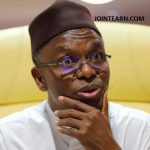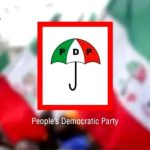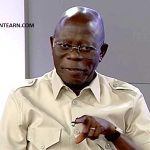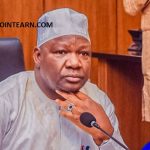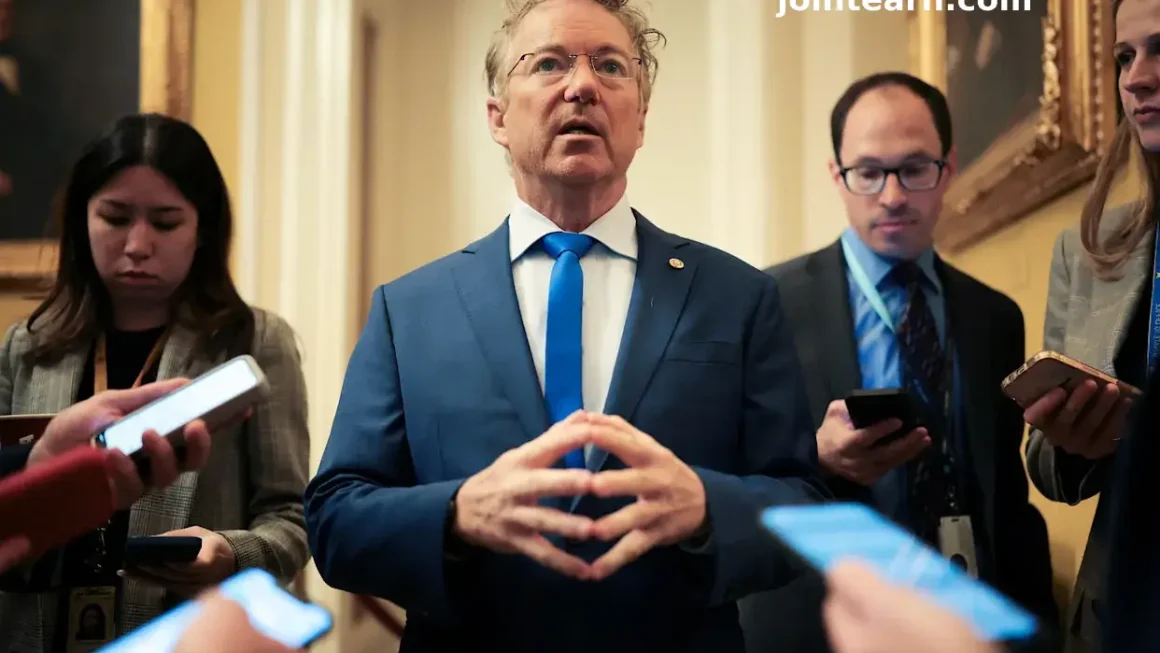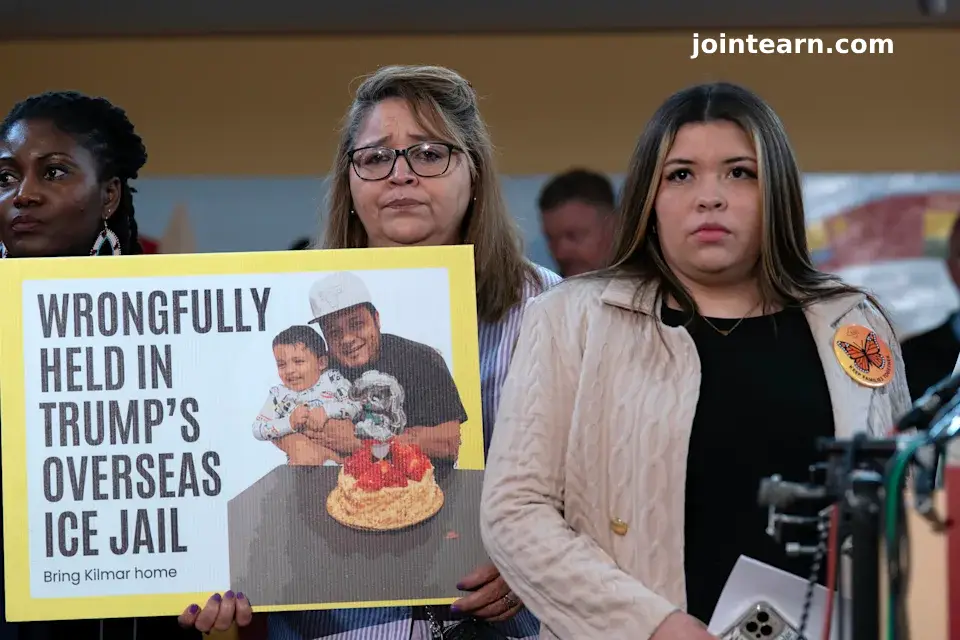Market Uncertainty Grows Amid Rising Tariffs and Economic Slowdown
As the stock market stumbles, consumer confidence declines, and layoffs increase, many are wondering: Is the U.S. heading toward a recession in 2025? Economists say the answer largely depends on President Donald Trump’s trade policies and federal job cuts.
Is a Recession Imminent?
While the economy isn’t officially in a recession yet, warning signs are mounting. Analysts have revised their 2025 growth forecasts downward, with some predicting that if Trump follows through on proposed tariff hikes, the nation could tip into an economic downturn.
Key concerns include:
- Higher tariffs on imports, which could drive up consumer prices.
- Increased business uncertainty, leading to reduced investment and hiring.
- Declining consumer spending, a key driver of U.S. economic activity.
What is a Recession?
A recession is defined as a significant decline in economic activity lasting more than a few months, typically marked by job losses, lower consumer spending, and reduced industrial production. The National Bureau of Economic Research (NBER) officially determines when the U.S. enters a recession.
How Tariffs Could Trigger a Downturn
Trump has already imposed tariffs on steel, aluminum, and Chinese goods, with additional levies on Canadian and Mexican imports set to take effect. Experts warn that if these tariffs remain in place for an extended period, the resulting price hikes could erode consumer purchasing power and slow economic growth.
Economic Indicators to Watch
Despite current economic resilience, cracks are forming:
- Stock Market Decline: The S&P 500 has dropped nearly 9% since mid-February.
- Consumer Spending Slump: Retail sales dipped 2% in January, with further declines expected.
- Rising Job Cuts: U.S. employers announced 172,000 layoffs in February, the highest since 2009.
- Slower Wage Growth: While wages have been outpacing inflation, reduced working hours could shrink overall earnings.
What Are the Odds of a 2025 Recession?
Forecasts vary, but recession risks are rising:
- Moody’s Analytics: 35% chance of recession, up from 15% earlier this year.
- Goldman Sachs: 20% likelihood, assuming the administration pulls back on tariffs.
- JPMorgan Chase: 40% probability of an economic downturn.
The Federal Reserve’s Dilemma
If the economy weakens while inflation rises—a phenomenon known as stagflation—the Federal Reserve faces a tough choice. Lowering interest rates could stimulate growth but may also fuel inflation. Conversely, keeping rates high to curb inflation could further slow economic activity.
Economic Predictions for 2025
Economists expect slower growth and rising inflation:
- GDP Growth: Goldman Sachs now forecasts 1.7% growth in 2025, down from 2.2%.
- Inflation: Expected to rise to 3% by year-end, up from previous estimates of 2.1%.
- Potential Contraction: The Federal Reserve Bank of Atlanta estimates a 2.4% economic contraction in Q1 2025 if tariffs remain.
Bottom Line: Will There Be a Recession in 2025?
The U.S. economy is at a crossroads. If Trump escalates tariffs and maintains restrictive trade policies, experts say a recession is increasingly likely. However, if tariffs are eased and consumer spending remains stable, the economy may avoid a full-blown downturn.
Stay updated on the latest economic trends and policy changes to understand how they could impact your finances in 2025.

